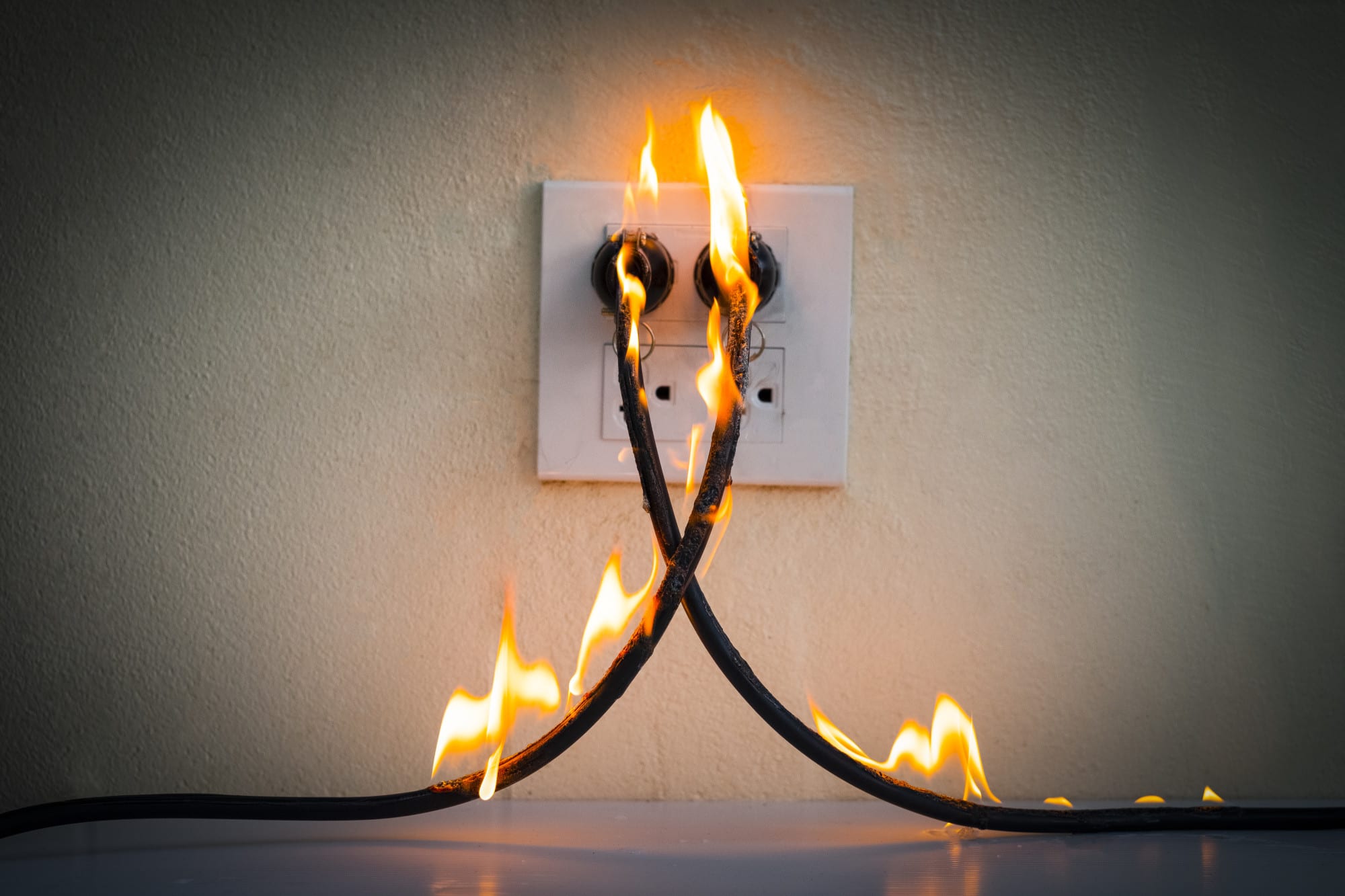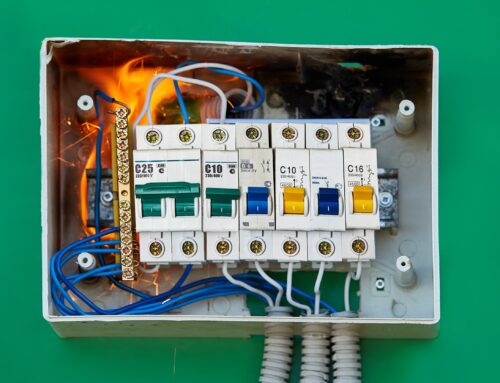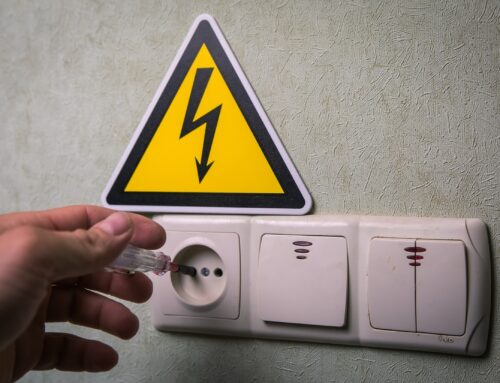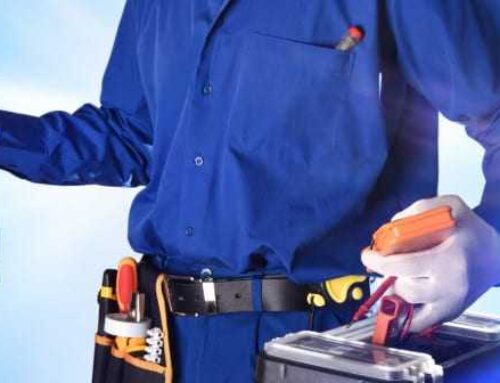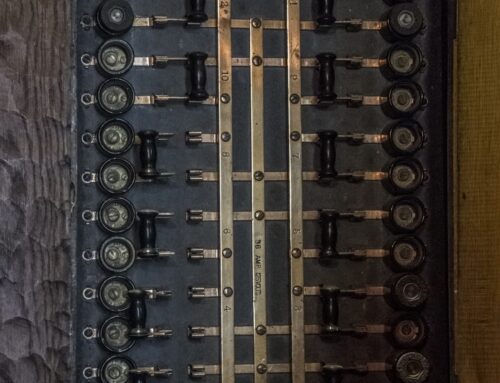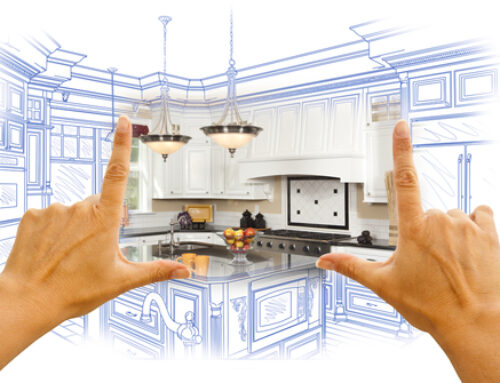Electrical malfunctions, between 2012-2016, were the second leading cause of home fires. Electrical safety at home is often taken for granted. After all, we use a variety of phones, tablets, desktop computers, laptops, vacuum cleaners, lamps and lights, electric stoves and ovens, and more. We’re surrounded by electrical appliances and wiring.
The same report from the National Fire Protection Association even identified that 12% of home electrical fires originated in the ceiling or attic, and 9% in walls or concealed spaces.
Ready to know what you can do about it? Keep reading to find out!
Check Approval Labels
Have you ever wondered what some of the stickers on your appliances and electrical products mean?
UL, or Underwriters Laboratories, is a consumer laboratory that checks the engineering and design specifications, as well as tests the products. UL goes back as far as 1893 with the World’s Fair. The founder of UL, William Henry Merrill decided a laboratory was needed to save lives by testing electrical equipment for fire safety.
Keep appliance cords out of reach of pets and children, and unplug them when they’re not used.
Don’t drape clothing or anything else over any appliance, such as a television, computer, or computer monitor, that emits heat.
Keep any appliance as far away from water as you can. Areas around bathtubs, pools, or dripping overhead vents or air conditioners should be inspected. No electrical appliance should be operated in or around water, or with wet hands.
Always Check Your Cords
Electrical cords are notorious for arcing injuries to pets and children and starting fires.
Especially at risk are extension cords in the home and in construction zones. Cords should be checked for cracking, fraying, or kinks. This includes power tool cords and holiday lights.
You can extend the life and safety of electrical cords (especially extension cords) by unplugging them from the plug in the outlet, rather than the cord itself.
Don’t use cords for anything they aren’t intended for, such as a toy, a clothesline, or a leash.
When using a cord, it should be completely plugged in, and snug in the outlet. Never staple or nail into cords — use tape or twist ties instead. Also, they shouldn’t be under a rug.
If they’re going to be a trip hazard, get a proper cable cover.
Never modify cords, or make your own attempts at splicing or filing down prongs to fit different outlets.
Extension cords are not permanent solutions. As well, it should be the proper rating and length for the task intended. If it’s to be used outdoor, make sure it’s been rated for outdoor use.
Electrical Outlets
Many people thing that as long as enough power is getting through, they can continue to add adapters and “daisy chain” powerstrips together like an extension cord.
They should not be put into this configuration. They should have ground fault interrupt circuits built-in, as well as other overload protection features.
GFCIs should be installed in any areas with moisture. All outlets should be professionally installed to prevent exposure of wires. Outdoor outlets should have the proper cover plate for outdoor use.
Ensuring Electrical Safety at Home: An Essential
There’s no question that electrical safety at home is an essential need today. A lot of people wouldn’t have been injured or lost their lives if they followed these simple tips on cords, outlets, and appliances.
White Electric doesn’t just do quality work — we believe in safe work. Our priority isn’t only to save you money, but to help you save your life and the lives of your family.
Want to get an assessment of your living space? We’ve provided exceptional service for 28 years at competitive pricing. Contact us today, and ask about our special offers!

